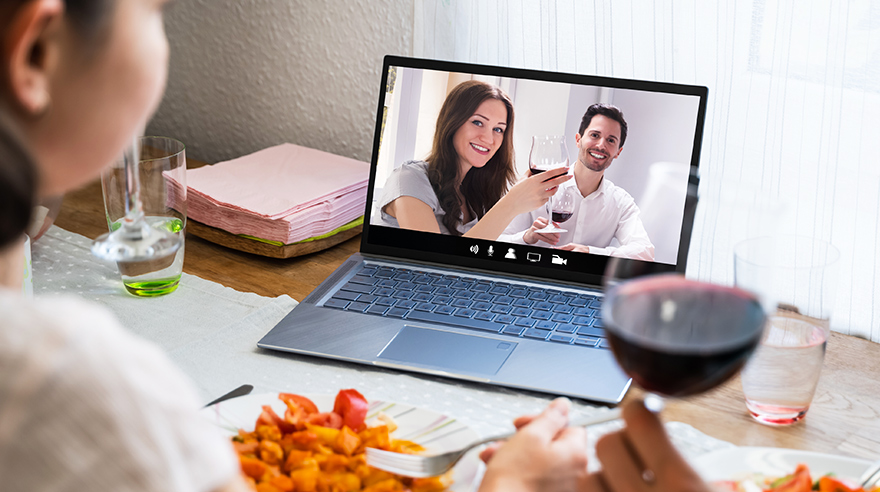There is strong evidence that COVID-19 may have moved the shift to eCommerce by five years in the space of just a few months. Whilst people are looking at the sales and customer behaviour when saying this, there were lots of other changes around how retailers responded that are worth considering too.
Think for a moment how quickly people adopted new ways to stay connected during lockdown. Friday drinks over Zoom, Discord channels where people can see each other working. Eating lunch over video conference. Shopping for neighbours. Standing outside your home and all applauding health workers at the same time. Virtual games nights. This list goes on.

As many pundits have noted, we were never more separated and yet more connected.
All of this highlights how social a creature us humans are. We need to belong, to be part of something and a community. We quickly started doing things that two months ago would have been considered weird and odd. Catching up with friends over Skype and sharing a drink and a meal on a Saturday night would have been considered very weird. But it quickly became the new normal.
And businesses changed the way they engaged too.
The best brands build communities. They build fierce loyalty and a customer base they can rely on. They use social media, email and every customer touch point to reinforce community and provide forums for sharing. They’re open and authentic to their brand. Such brands were much better placed than most to manage through times like these. They rolled with it, bringing a new understanding to what was happening and taking their community with them. They saw it as an opportunity to get even closer and make their community even stronger. Some brands made donations, while others helped with the production of hand sanitiser or retooling to build medical equipment. Others started giving special consideration and discounts to medical professionals on the front line. And those that did it best found what worked for them and their brand. Getting the right fit and being authentic was, and will remain, key.
Moreover, many retailers communicated differently and created different types of content than they would have normally. The shared experience of a pandemic and the notion of 'we’re all at home together' was an opportunity to give value in new and interesting ways and often in direct contrast to what their usual reason for being is. For example, Pret A Manger, who were forced to entirely close their 400 stores, started showcasing recipe ideas and cooking tips for those either missing their regular lunchtime treats, or in need of some inspiration.
The way people experienced brands has changed. Customers were forced to experience everything from the confines of their homes and with all the challenges that self-isolating and social distancing bring.
Clever retailers thought about their brand experience in the context of the human experience and sought to find ways to make things better.
Retailers with older demographics opened up more support channels to help people be supported through their first online sale. Retailers started running live product reviews so that customers could see the products more closely and ask questions. John Lewis, launched a website hub dedicated to a variety of ‘virtual services’, with the aim of transferring in-store expertise online, allowing users to book one-to-one video appointments with experts in categories like setting up nurseries, interior design, and personal styling. And many retailers provided how-to videos for home-based activities - not all of which directly related to their product offer.
How many of these concepts will last is yet to be seen, but what many of these have in common is how retailers and customers got closer.
And that will always be an opportunity for the retailer. The stark difference between offline conversion and online conversion is largely put down the gap between customer expectation and retailer expectation of the online experience. When they overlap you make a sale.
The customer wants a personalised experience and the retailer tries to provide that. But exactly what the customer wants that experience to look like may not be clear. Getting closer helps make this clearer, and the pandemic has allowed many to get closer than ever before. Those that have done it well, might just have taken a major step ahead of their competitors.


0 Comments